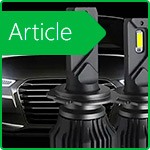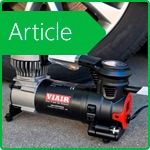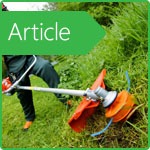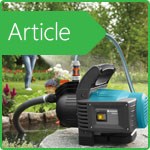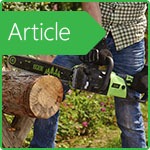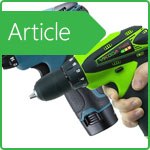How to choose binoculars?
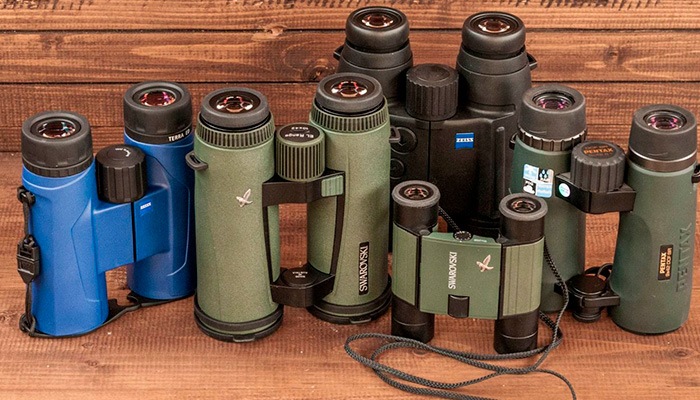
Humanity does not sit still at all. We want to drive faster, fly higher, know more about the world and see farther! The latter aspiration has been served for four hundred years by a variety of optical instruments - telescopes, spyglasses and, perhaps, the most popular of them - binoculars.
Unlike other tools that can bring the world closer to us, binoculars have the most important advantage - this is stereoscopic vision. Comfortably watching with both eyes, you can feel the volume of the picture. and the greater the distance between the lenses of the binoculars and the lower the magnification, the stronger this effect, also called plasticity, is felt. A good binocular is one that you don’t think about during observations, and all thoughts are focused only on the object being viewed. In this article, we will try to figure out how to choose binoculars that will give the user a similar experience.
Magnification and lens
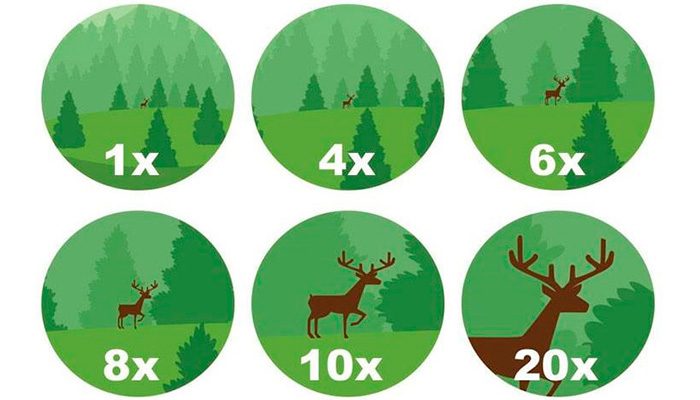
When choosing any thing, you have to pay attention to its main technical characteristics. For binoculars, this is the magnification and the diameter of the lens. These parameters are so important that they are traditionally indicated by the manufacturer in the model name. For example, 10x42 would mean that binoculars have a magnification of 10 times and lenses with a diameter of 42 mm.
Most binoculars have a fixed magnification, but recently zoom binoculars, that is, variable magnification, have also become widespread. At first glance, all the advantages are on their side - versatility and ease of adjustment. But in practice, zoom binoculars noticeably lose in image quality to models with a fixed magnification. This is especially true for the budget segment, where the complex optics of zoom binoculars in the low price range a priori cannot be performed at a decent level. Basically, the quality of the image at the edge of the field of view and the brightness of the picture suffer. But in some cases, when observing from long distances, for example, construction work or territory protection, when both a general panorama and a close-up are needed, such models may come in handy.
With magnification, in general, it is understandable that more multiplicity means you can see the object closer. And what depends on the diameter of the lens?
The lens is traditionally responsible for the most important role. He must collect enough light and build an image of the object of observation in the focal plane. But the task of the eyepiece is to help to consider the picture built by the lens. Simply put, the eyepiece works like a regular magnifying glass through which you view the picture and the magnification and field of view of the binoculars largely depend on it.
Size, as you know, matters. The lens “draws” the image and in order to show enough details with good brightness it must have a decent diameter. Consider the main sizes:
- 25 mm – with such a diameter, binoculars can show close objects well in the daytime, at dusk or at night such an aperture is no longer enough. But its main advantage will be its amazing compactness. Such models are suitable for both a child and an ultralight tourist, due to their small size and weight.
- 30-40mm is a good lens size for portable field and touring binoculars, it allows you to confidently observe during the day and view the main objects in twilight. At the same time, models with a 40 mm lens of all types are still quite compact and very convenient for handheld observations. These binoculars are versatile. Suitable for both tourists and hunters.
- 50-60 mm – with such a diameter, binoculars have quite outstanding characteristics, but this size is already the limit for hand-held observations. A high-quality 50-60 mm lens builds bright and saturated images even in cloudy weather, and at dusk it allows you not to lose sight of the key details of the observed object. Due to the tangible dimensions and weight of more than a kilogram, long-term observations with such devices are best done with a tripod. 7x50 is one of the classic sizes of binoculars and everyone can use them, from astronomers to teenagers, but most often they end up in the hands of hunters, on board a ship or as a universal tool for people who do not use binoculars very often, but at the same time want to have high-quality optical device. Tourists should carefully consider the choice of binoculars of this size and be sure to pay attention to the weight of the device. One and a half kilogram binoculars with a case and accessories will noticeably delay one of the pockets of the backpack, it is recommended to place it somewhere at shoulder level, closer to the back.
- 70 mm and more - binoculars of this size are already real giants. The objective diameter of these models can reach up to 150 mm and even more, competing in penetrating power with many telescopes. Models with this diameter are often used for survey observations by navigators and the military.
Such "monsters" are very popular among astronomy lovers, because it is much more pleasant to observe the starry sky with two eyes. The weight and dimensions of these products completely exclude hand-held observation and require installation on a tripod or a special mount. In most cases, models with a diameter of 70-100 mm become frequently used. They are still quite affordable, but at the same time they are able to give a lot of vivid impressions from viewing the starfields of the Milky Way and large nebulae.
Exit pupil options
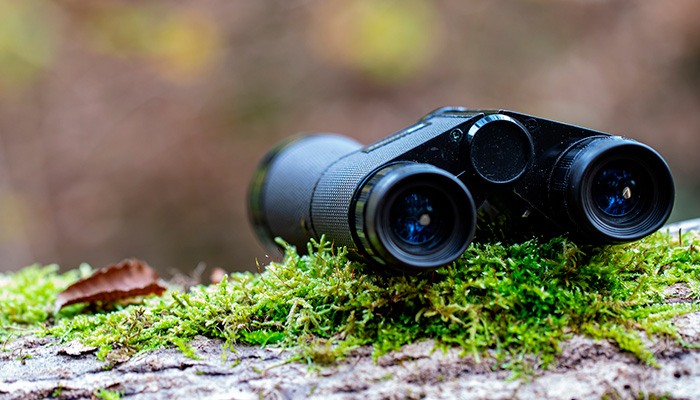
In pursuit of high magnification, many users forget about such an important parameter as the diameter of the exit pupil. Simply put, this is the diameter of the light flux that exits the eyepiece to the eye of the observer. Calculating it is very simple, you need to divide the diameter of the lens in millimeters by the magnification of the binoculars, for example, for 10x50 binoculars, the exit pupil will have a size of 50 / 10 = 5 mm.
The larger the exit pupil, the more light enters the lens of the eye. In the daytime, the human pupil narrows to 2-4 mm, but with the advent of twilight and night, it can expand to 6-8 mm. If for observations on a clear, fine day, an exit pupil of 5 mm can even be too much, because part of the light will be cut off by the eye pupil, then at night more will be needed.
Keep this in mind if you plan to purchase binoculars for low-light conditions, at dusk, and especially at night. In the pursuit of 20x magnification, you can get as little as 2.5mm exit pupil from 50mm binoculars, and that won't be enough to see a clear and crisp image. If high magnification is vital, you need to increase the diameter of the lens to keep the exit pupil of the binoculars within 4-7 mm.
Field of View
Another important characteristic of binoculars is their field of view, which is usually specified in degrees and a linear value from a certain distance. In the latter case, it could be 110 meters from a distance of 1000 meters, or 372 feet from a distance of 1000 yards.
Other things being equal, the field of view depends on the design of the eyepieces of the binoculars. High-quality models are equipped with wide-angle eyepieces that provide comfortable eye relief and give a wide field of view. Preference, of course, is better to give a more wide-angle model, but you need to be careful. Many ultra-wide-angle eyepieces with unusually large fields often have distortion at the edge of the field of view. This is due to the imperfect design of the eyepiece. So, choosing in the average price range, it is worth stopping, again, at the average values of the field of view of binoculars.
Wrapping Systems
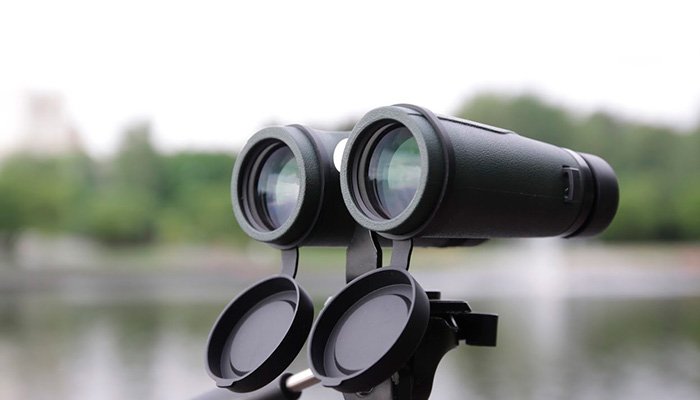
Galilean system. This optical scheme does not contain wrapping elements and, thanks to the design of the lens and eyepiece, builds a straight image on its own. But the image quality of Galileo's binoculars is not particularly high. In addition, it deteriorates greatly with the increase in the diameter of the binocular lens.
Therefore, such a system has become widespread only in small theater and children's binoculars. For such an application, it is quite suitable.
Porro-prism. The inverting system based on Porro prisms is the classic and most popular. It allows you to achieve high light transmission and a wide viewing angle. The lenses of the binoculars, as is already customary, are spaced apart and are not on the same optical axis with the eyepieces. Despite the fact that the dimensions of the binoculars grow slightly in comparison with the Roof design, Porro binoculars allow you to achieve a stereo effect and provide a three-dimensional image.
In compact models, the so-called reverse Porro system is sometimes used, when the eyepieces are spaced wider than the lenses. Here it allows to realize the small diameter of the lenses themselves. In this case, it will not be possible to achieve a special stereo effect.
Roof-prism. In binoculars for tourists, hunters and fishermen, the design based on Ruf-prisms has become widespread. It allows, with the same characteristics as those of Porro, to achieve significantly smaller dimensions and simplifies the process of sealing binoculars.
In active use, you can slightly sacrifice the volume and brightness of the picture in order to get a comfortable and “hard-wired” device.
Which binoculars should you choose?

Theatrical and children's binoculars. With theater binoculars, everything is quite simple, they have a nice souvenir performance, and simple optics make it possible to achieve an acceptable picture at such sizes.
A simple inexpensive model with Porro or Ruf prisms and a small lens diameter of 25-40 mm is suitable for the role of children's binoculars. With decent workmanship, such binoculars will last a long time even with very active use by a young researcher.
Binoculars for tourism and hunting. A number of already quite serious requirements are presented to this class. In addition to high-quality optics, such binoculars must have a truly durable body and very durable mechanics. Most of these models are hermetically sealed and filled with nitrogen to prevent fogging of the optics from the inside. This is an absolute plus and allows you not to worry about dampness and fungi inside the structure.
When choosing from Porro binoculars, you should pay attention to the focusing mechanism. All moving parts, in the case of central focusing, must be protected from dust and moisture, but for particularly extreme use it is still better to take a model with separate focusing on the eyepieces. As for the weight and dimensions of the binoculars, here it is already worth starting from the way you move while hiking or hunting. Autotourists can safely afford powerful and solid tools weighing up to 1.5 kg, but in the case of a long walk, it is better to choose a more modest model - weighing 700-800 g.
Field binoculars. In the classical sense, field binoculars are a simple and unpretentious military tool. But today, the category of these devices strongly overlaps with models for outdoor activities. Such binoculars are often used to protect forest areas, nature reserves and hunting grounds.
If extreme use isn't expected, it's worth taking a look at the zoom models. They offer high versatility in a single device and the ability to view far-flung objects in detail. Such binoculars are suitable for observations from observation towers or the roof of buildings.
For observing birds and animals. Great connoisseurs and connoisseurs of high-quality binoculars are ornithologists and lovers of observing the world of wildlife. Their clear preference is usually classic 50mm binoculars with really high quality optics.
But there are exceptions, larger models with a large lens are also suitable for observing distant objects. In this case, for comfortable viewing, you need to take care of a tripod.
For fishing and sea travel. When there is a possibility of direct contact with water, the main thing is the tightness of the binoculars. In addition, it is worth giving preference to the case of bright coloring, so that the binoculars can be easily seen in the dark or even lifted from the bottom of a mountain river.
Some eminent manufacturers even took care of the buoyancy of their products. The body of the binoculars itself or the neck strap that will keep the device afloat can float. The approach is very competent, because rafting on the steep rapids of a mountain river in a kayak, drowning a good half of the equipment is quite a simple matter, and different stories happen on fishing.
In conclusion, I would like to say that the pursuit of the cheapest option will lead to binoculars that will distract from the subject of observation with a poor-quality image and inconvenient mechanics that cannot withstand a load greater than lying on a shelf. Select and buy binoculars at 130.com.ua with delivery within Ukraine. Watch with high-quality optical devices, watch with pleasure!
Related content

Stay tuned for updates!
Subscribe to our Telegram channel and be the first to receive useful materials.
Subscribe













